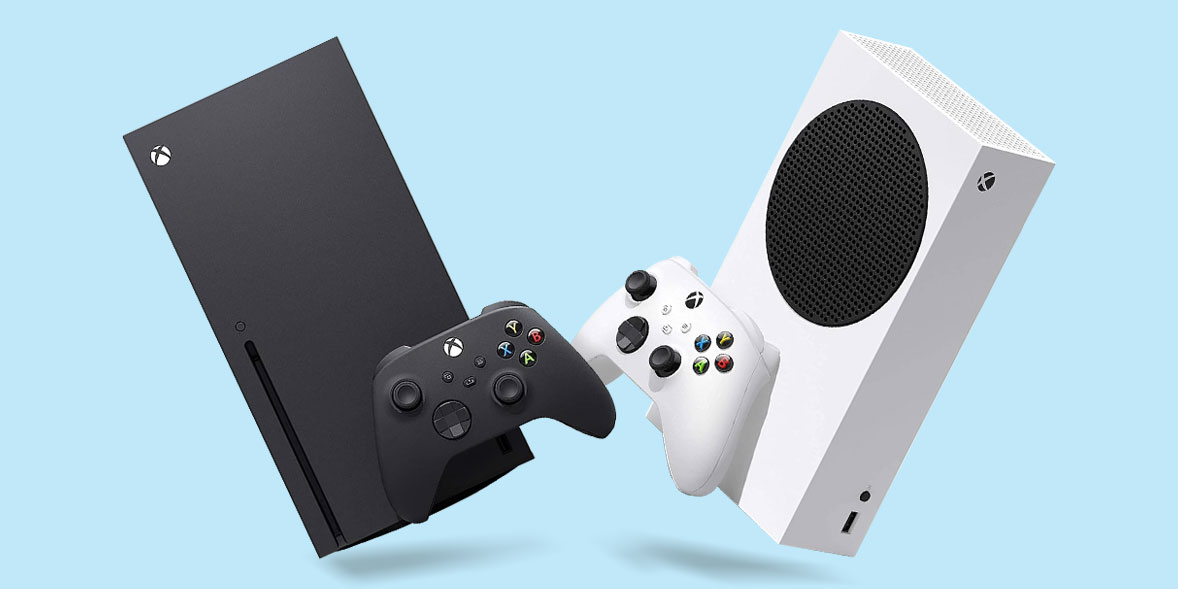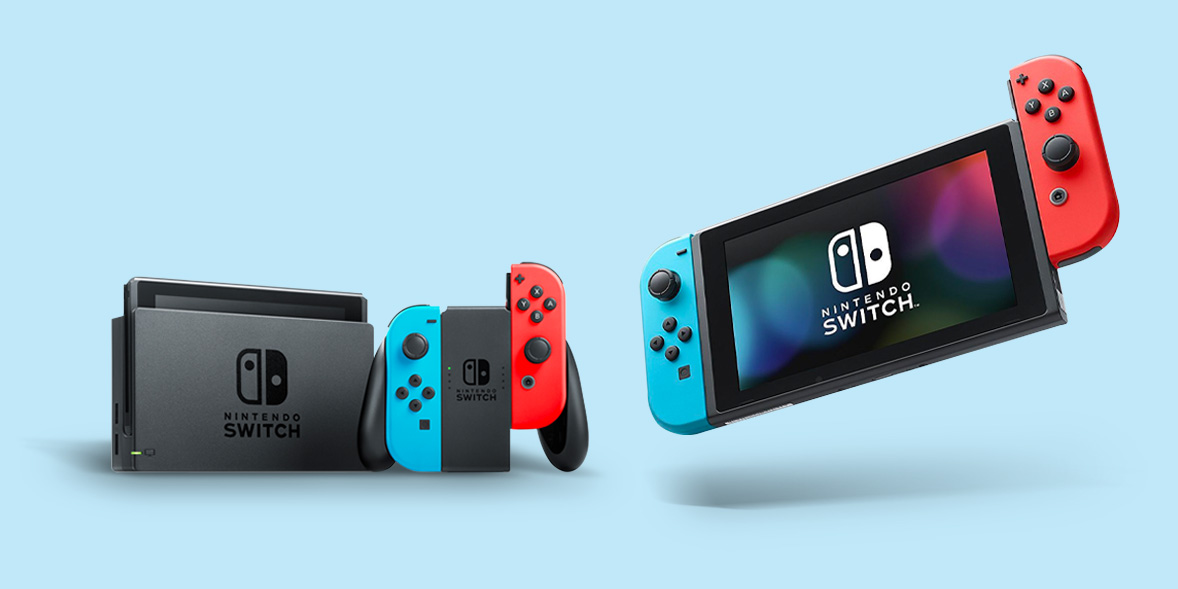
How we test sun creams

Our sun cream tests show that you don't need to buy an expensive product to get one that looks and feels great on your skin and works as it should. We've tested affordable sun creams that work just as well as – or better than – products that are as much as nine times more expensive.
Shockingly, while plenty of sun creams pass our core sun protection tests, some don't, failing to provide even a fraction of their claimed SPF or UVA protection. This puts you at risk so we label any products that fail tests twice (with different samples) as Don't Buys.
Every sun cream that passes through the Which? test lab is subject to British Standard tests to ensure it offers its claimed level of protection against ultraviolet radiation from the sun. Our reviews answer the crucial questions about sun creams:
- Does its SPF match the claim on the label?
- Will it protect skin from UVA? Does it meet the EU recommendation?
- Is it easily absorbed and pleasant to apply?
- Should I buy it?
Find a product that passed our rigorous SPF and UVA tests in our sun cream reviews.
Does the SPF match the claim on the label?
We use British Standard tests (BS EN ISO 24444:2020 Cosmetics - Sun protection test methods - in vivo determination of the sun protection factor, SPF), performed in a specialist independent lab on samples we've bought ourselves, to check whether each sun cream has the SPF that it claims to.
The sun cream is applied to a small area on our volunteers' backs (we use a minimum of ten people in each of our SPF tests) using a specified and consistent method and amount, then a lamp that shines UV light (simulating the rays of the sun) is placed on that area. We record when the skin turns red, and compare the smallest dose of UVB light required to turn skin red – both with and without the sun cream – to determine the cream’s SPF.
Products that fail to provide the SPF claimed on the bottle are re-tested with a new sample to confirm results. A double fail means that product is labelled a Don't Buy to avoid, as you can't guarantee it will protect as expected. We always notify manufacturers of products which fail to enable them to investigate any issues.
If product has a much higher SPF than claimed, it will pass, but won't be eligible to be a Best Buy because it’s not meeting its SPF claim. It may seem positive to get more than you paid for, but that’s not the case when it comes to sun creams. A product with an SPF higher than it should have can lead to a false sense of security, because if for example you buy an SPF30 product that's actually SPF50, then you may expect all SPF30 products to work as well and get caught out.
Does it meet the EU recommendation for UVA protection?
The EU recommendation for UVA protection calls for sun creams to offer a UVA protection factor that is at least a third of their rated SPF in order to be considered effective protection against UVA. This means that an SPF30 product should have a UVA protection factor (UVAPF) of 10 or more.
Unlike SPF testing, the British Standard (BS EN ISO 24443:2012 Determination of sunscreen UVA photoprotection in vitro) doesn't require UVA to be tested on human volunteers. Instead, we use a spectrophotometer (a machine that measures light) to measure the amount of UVA radiation absorbed by the sun cream.
What happens if a sunscreen fails SPF and UVA tests?
If a sun cream fails to pass the SPF or UVA tests, we will retest a second sample of the same product. If the second sample fails the tests, the product will become a Don't Buy.
If the second sample passes the test, we will test a third sample. Any products failing one of the tests and then passing the two retests won't be Don't Buys, but we will stop them from being Best Buys, based on the variability in performance our testing reveals, and flag this in our reviews.
While we always notify manufacturers of fails, and give them as much insight as possible to help them investigate any issues, we keep the identity of our accredited labs secret to protect the independence of our testing.
Sunscreen application tests
The best sunscreen, beyond it doing what it claims to, is the one you'll commit to using. So we also check how easily absorbed and pleasant to apply each sunscreen is.
A diverse panel of at least 10 trialists tries out each sun cream, rating it on how easy it is to get out of the bottle and how it feels, looks and smells on the skin.
Best Buy sun creams are those that are rated four stars or above for application and passed both SPF and UVA tests. So, not only will they protect your skin properly, but they'll feel and look nice too.
Which sun cream should I buy?
All of the sun creams that pass our SPF and UVA tests can be relied on to protect you in the sun. We give our Best Buy recommendation to products that both pass these tests and receive four or five stars for application from our user panel.
Any product that fails our SPF and UVA tests is named a Don't Buy – we think these are the sun creams you should avoid.
Find out more about choosing the best for you in our sun creams buying guide.


















